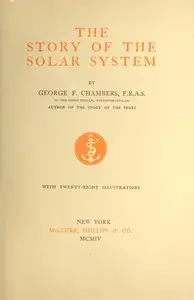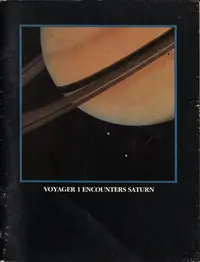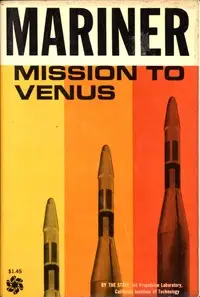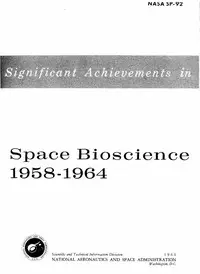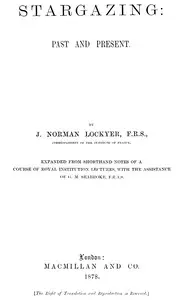"Pioneer Saturn Encounter" by the National Aeronautics and Space Administration (NASA) is a record of the Pioneer 11 mission, a historic journey that provided humanity's first close-up look at Saturn. It showcases how the spacecraft, using a gravity assist from Jupiter, traveled to Saturn and captured images and data that revolutionized what scientists knew about the planet, its rings, and its moons. The book details key findings, like the discovery of new rings, including the F-ring and G-ring, and provides information about Saturn's atmosphere, temperature, and magnetic field. Pioneer 11's journey and the data it sent back laid the foundation for future missions to study Saturn in more detail.
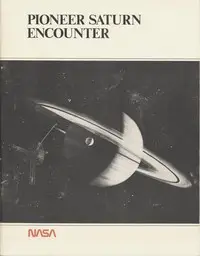
Pioneer Saturn Encounter
By United States. National Aeronautics and Space Administration
Embark on a journey to witness the first close encounter with Saturn, where a lone spacecraft unravels the mysteries of its rings and moons, forever changing our view of the solar system's most iconic planet.
Summary
About the AuthorThe National Aeronautics and Space Administration is an independent agency of the U.S. federal government responsible for the civil space program, aeronautics research, and space research. Established in 1958, it succeeded the National Advisory Committee for Aeronautics (NACA) to give the U.S. space development effort a distinct civilian orientation, emphasizing peaceful applications in space science. It has since led most of America's space exploration programs, including Project Mercury, Project Gemini, the 1968–1972 Apollo Moon landing missions, the Skylab space station, and the Space Shuttle. Currently, NASA supports the International Space Station (ISS) along with the Commercial Crew Program, and oversees the development of the Orion spacecraft and the Space Launch System for the lunar Artemis program.
The National Aeronautics and Space Administration is an independent agency of the U.S. federal government responsible for the civil space program, aeronautics research, and space research. Established in 1958, it succeeded the National Advisory Committee for Aeronautics (NACA) to give the U.S. space development effort a distinct civilian orientation, emphasizing peaceful applications in space science. It has since led most of America's space exploration programs, including Project Mercury, Project Gemini, the 1968–1972 Apollo Moon landing missions, the Skylab space station, and the Space Shuttle. Currently, NASA supports the International Space Station (ISS) along with the Commercial Crew Program, and oversees the development of the Orion spacecraft and the Space Launch System for the lunar Artemis program.


